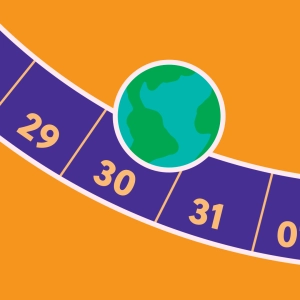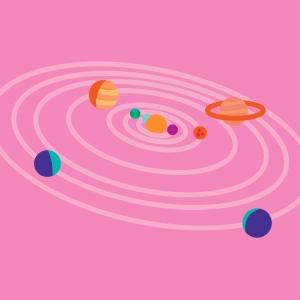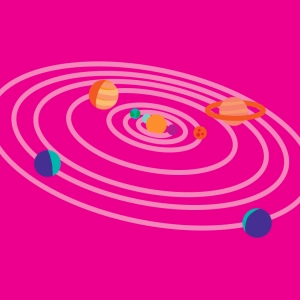 Comets
Comets
Learning objectives
- To explore our solar system including two among the the most famous comets.
- To illustrate the diversity of orbits.
- To know more about the movement and size of celestial bodies.
The Sun and the surrounding celestial bodies constitute the "solar system". The Sun alone makes up 99.8% of the total mass of the entire solar system. Among the bodies that orbit around the Sun, we can list in order of importance:
- The eight planets (Mercury, Venus, Earth, Mars, Jupiter, Saturn, Uranus, Neptune).
- 175 "Moons" that orbit around these planets,
- Dwarf planets (like Pluto or Ceres).
- Billions of small bodies (asteroids, comets, planetesimals, dust), mainly in the asteroid belt between Mars and Jupiter and beyond Neptune (Kuiper belt, and Oort cloud).
Large telescopes and space missions are changing our knowledge of the solar system. New bodies are discovered that we classify according to a more and more precise nomenclature. Thus, Pluto, discovered in 1930, was considered as the ninth planet of the solar system, but the International Astronomical Union decommissioned Pluto to "dwarf planet" in 2006 bringing back the number of planets of our solar system to eight. Another example is the discovery of rings and even arches around Neptune and Uranus.
There are probably billions of star systems like the solar system in our galaxy (the Milky Way) and other galaxies.
The proportions of the planets in front of the Sun in the menu on the left are respected.
Click a planet or its orbit to get more details. Click and drag to rotate.

Discover EduMedia for free
The interactive encyclopedia that brings science and math to life in the classroom.
Over 1,000 resources





